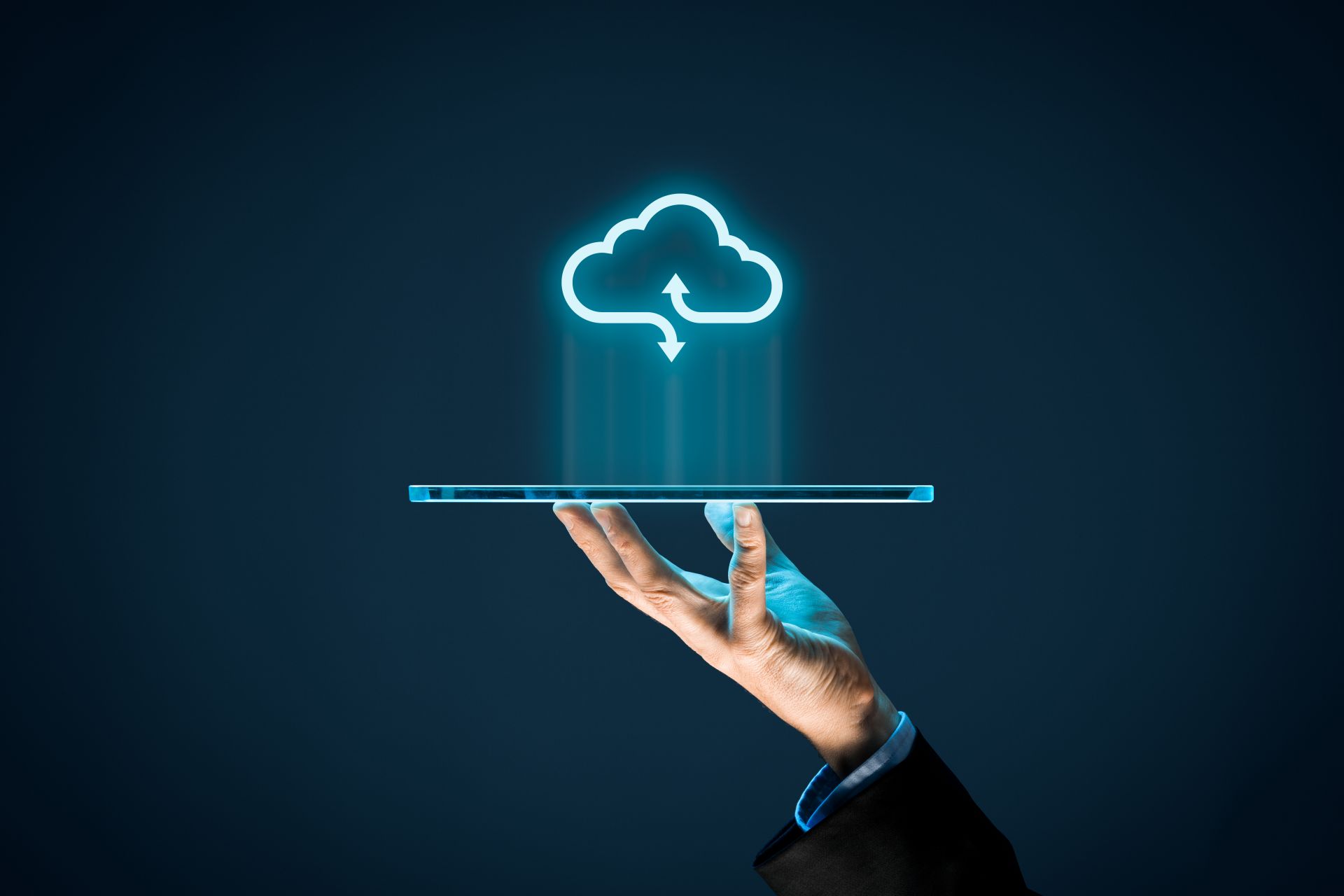How is Edge Computing Related to Cloud Computing?
In the ever-evolving landscape of technology, two terms that frequently make headlines are “edge computing” and “cloud computing.” Both are instrumental in the digital age, but what exactly is their relationship? How do they complement each other, and what role do they play in the realm of data processing? This article delves deep into the world of edge and cloud computing, shedding light on their intricate connection and exploring their combined potential.
The Symbiosis of Edge and Cloud Computing
Defining Edge Computing
Edge computing is a concept that has gained significant prominence in recent years. It refers to the practice of processing data closer to its source, at the “edge” of the network, rather than relying solely on centralized cloud servers. This approach reduces latency and enhances real-time data processing.
Understanding Cloud Computing
Cloud computing, on the other hand, is the backbone of modern digital infrastructure. It involves the use of remote servers to store, manage, and process data over the internet. This centralized model offers scalability and accessibility, making it indispensable for various applications.
The Intersection
The relationship between edge and cloud computing is not one of rivalry but of collaboration. They coexist to create a holistic ecosystem that addresses the diverse needs of today’s technology-driven world.
How They Work Together
Data Processing
Edge computing handles data processing at the periphery of the network, where devices and sensors collect information. This initial processing reduces the volume of data that needs to be transmitted to the cloud, alleviating network congestion and latency.
Scalability
Cloud computing, with its vast resources and computing power, is ideal for handling large-scale data storage and complex computations. It acts as a centralized repository and backup for data generated at the edge.
Real-time Applications
Edge computing shines when real-time responses are critical, such as autonomous vehicles, industrial automation, and augmented reality. It ensures that decisions are made instantaneously, without relying on distant servers.
Complex Analytics
Cloud computing’s capabilities shine in scenarios requiring extensive data analysis, machine learning, and predictive modeling. It enables organizations to derive valuable insights from the data collected at the edge.
FAQs
What are the key differences between edge and cloud computing?
Edge computing processes data locally, closer to its source, while cloud computing relies on remote servers. Edge computing is ideal for low-latency, real-time applications, while cloud computing excels in complex data analysis and storage.
Can edge computing function independently of cloud computing?
While edge computing can process data locally, it often complements cloud computing. The two work in tandem to create a comprehensive data processing solution.
How does edge computing enhance cybersecurity?
Edge computing reduces the need to transmit sensitive data to the cloud, minimizing the risk of data breaches during transit. This localized approach enhances security.
Are there any industries where the synergy of edge and cloud computing is particularly impactful?
Yes, industries like healthcare, manufacturing, and autonomous vehicles benefit significantly from this collaboration. It ensures real-time monitoring, precise control, and data-driven decision-making.
Is the adoption of edge and cloud computing expensive?
Initial setup costs may vary, but the long-term benefits, including improved efficiency and reduced data transmission costs, often outweigh the initial investment.
What does the future hold for edge and cloud computing?
The future is promising, with more applications leveraging the strengths of both technologies. We can expect enhanced IoT devices, faster response times, and further advancements in data analytics.
Conclusion
In the digital age, the relationship between edge and cloud computing is symbiotic, not competitive. They work together seamlessly to meet the diverse demands of data processing, from real-time applications to complex analytics. Understanding how these technologies complement each other is essential for businesses and individuals looking to harness their combined potential. As technology continues to evolve, the synergy of edge and cloud computing will undoubtedly play a pivotal role in shaping the future.
READ MORE: Is ABAP being replaced by Java in SAP?





